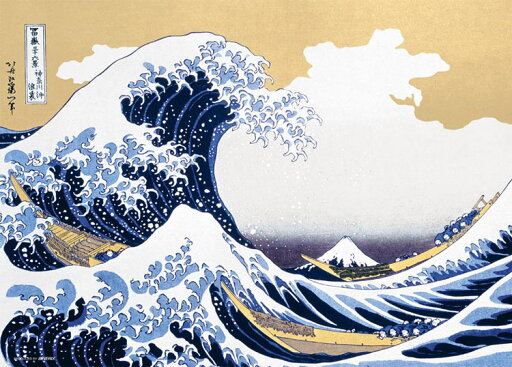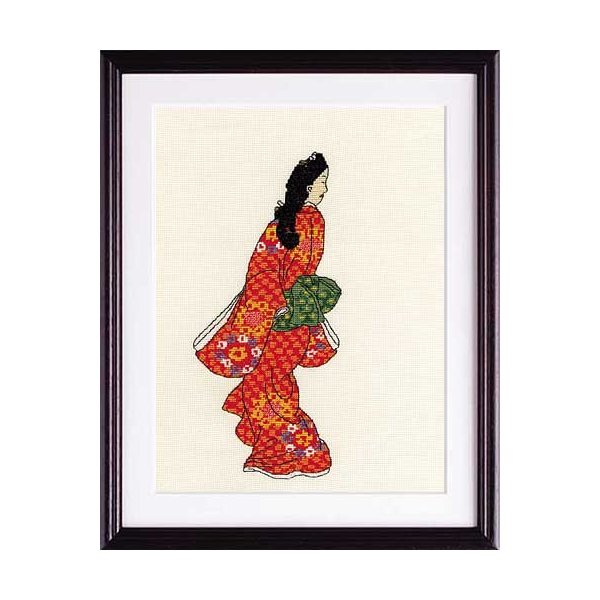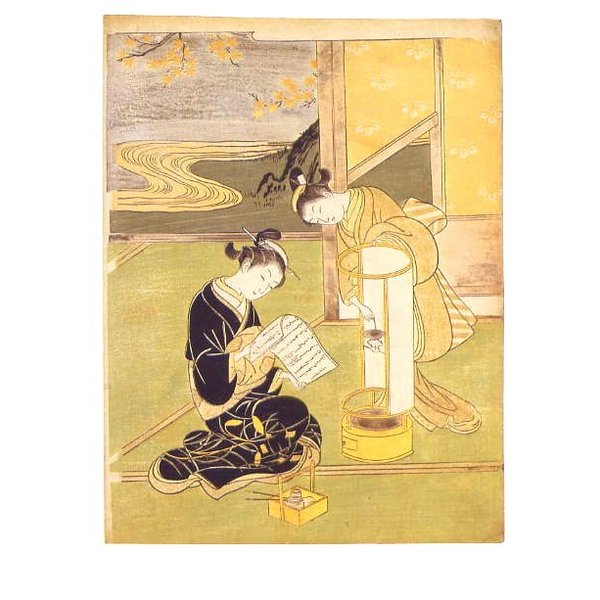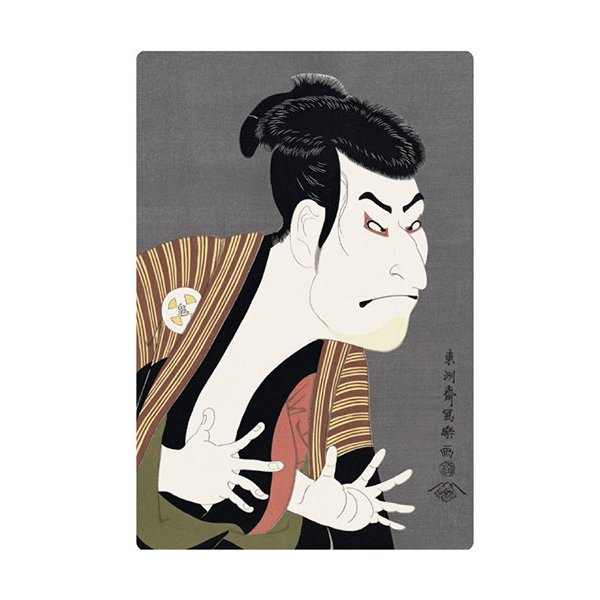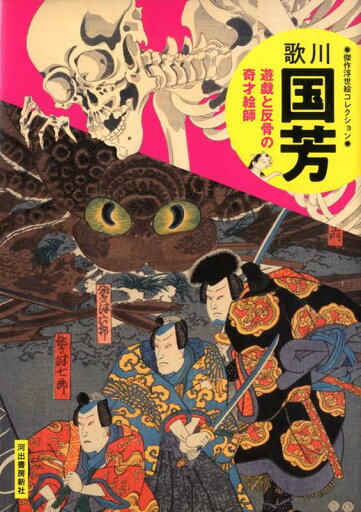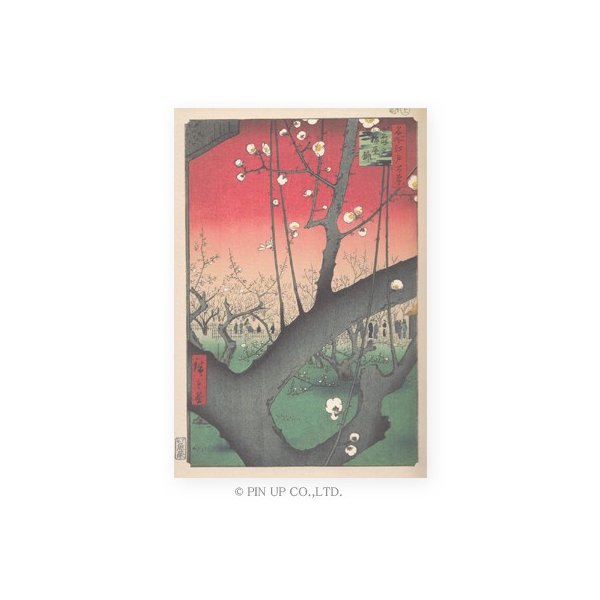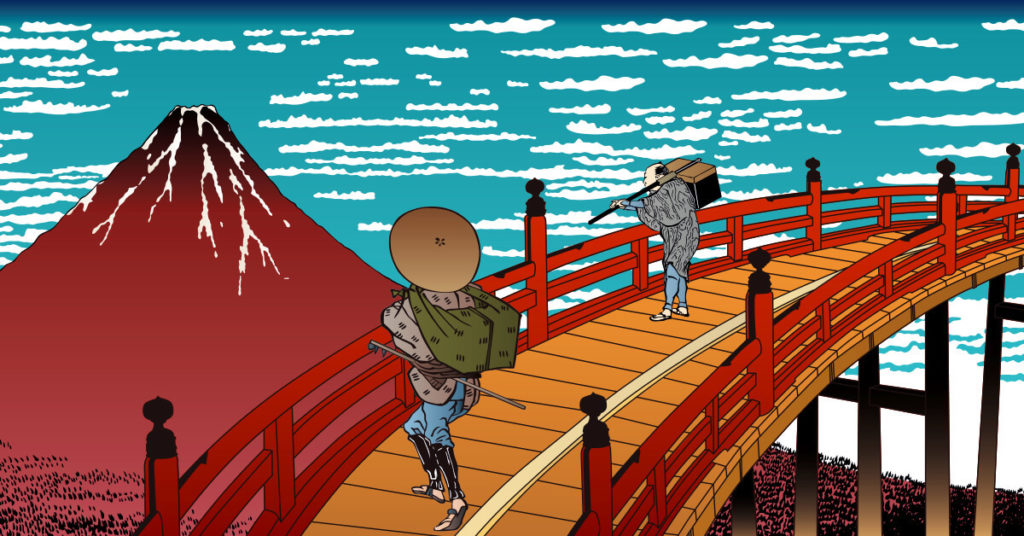
What springs to mind when you think of Japanese ukiyo-e paintings? The famous image of huge, powerful waves crashing against Mt. Fuji? Kabuki actors captured in expressive poses? Perhaps you think more of the images of traditional Japanese spirits, skeletons, or other more shocking or explicit ukiyo-e subjects (and there are lots of these too!)? The art of ukiyo-e seems to include a great many concepts and themes, and there are countless famous artists who have made their mark with this style. This article will give you all the details on the world of ukiyo-e art!
Table of Contents
What Does Ukiyo-e Mean?
The culture of ukiyo-e art truly flourished in the latter half of the 17th century, during Japan’s Edo period. Before then, paintings had been enjoyed only by the upper class, but with the birth of ukiyo-e, this pastime became something available to the common people as well. Ukiyo-e has gone on to become an influential, enriching part of Japanese culture and entertainment. In ancient times, the Japanese took the word ‘ukiyo’ to mean a painful and dangerous world, with an origin in Buddhist philosophy. However, in the 17th century, the Chinese kanji character used in the word ‘ukiyo’ changed, and with it, the meaning that the people attached to the word. The new character changed the definition to ‘floating world’. The idea behind this change is that people thought it was best to live life as if you were floating through it, because life was short in those days, and the world itself was seen as almost transitory. By attaching the word ‘e’, or drawing/painting, the word ukiyo-e was born. Ukiyo-e are made from woodblock prints, unlike traditional paintings. This cheaper method of production allowed them to be mass-produced and sold in large quantities at a low price.
Famous Ukiyo-e Artists
Ukiyo-e is a form of art that is familiar to the average person. Various interesting ukiyo-e works were created, reflecting the trends and interests at their times. Here is an introduction to the ukiyo-e artists that you need to know!
Katsushika Hokusai
Possibly the most famous ukiyo-e artist and creator of the Thirty-six Views of Mount Fuji series, which includes the globally renowned The Great Wave off Kanagawa.
Hishikawa Moronobu
The artist credited with bringing the art of ukiyo-e to life and popularity. Beauty Looking Back is an especially famous work of his. Hishikawa drew many pictures of beautiful women and actors.
Suzuki Harunobu
Suzuki is known for having perfected a very detailed and elaborate multicolor woodblock print technique called ‘nishiki-e’. He also created many images of romantic scenes, and special calendar prints known as ‘e-goyomi’, which hid the numbers and letters inside otherwise normal paintings to avoid shogunate censors.
Toshusai Sharaku
The so-called ‘Sharaku’ is an ukiyo-e artist who suddenly burst onto the scene with iconic pieces and stopped working in the span of just eight months. He left behind many powerful paintings of actors and beautiful women from this time that are still admired today as masterpieces of ukiyo-e.
Utagawa Kuniyoshi
The master artist Utagawa held a wealth of eccentric ideas and compositions in his head. He was a unique artist and painter whose portfolio included styles such as yoko-e (horizontally oriented paintings), landscapes, comics, veiled political critiques and images of animals turned into humans.
Utagawa Hiroshige
Utagawa Hiroshige came from the same Utagawa ukiyo-e school as Utagawa Kuniyoshi, both having taken the name of their master as was customary at the time. The Plum Garden of Kameido and Sudden Shower over Shin-Ōhashi bridge and Atake from his One Hundred Famous Views of Edo series are also famous for having been copied by Vincent Van Gogh.
The variety of styles shown in this selection of ukiyo-e masters is an example of the striking, adaptable nature of ukiyo-e art. Clearly there’s a good reason why these prints became popular worldwide soon after Japan opened up to foreign trade in the 19th century! We encourage you to continue your journey with ukiyo-e art and see if there is a print that would be a great piece for you to own as well!
